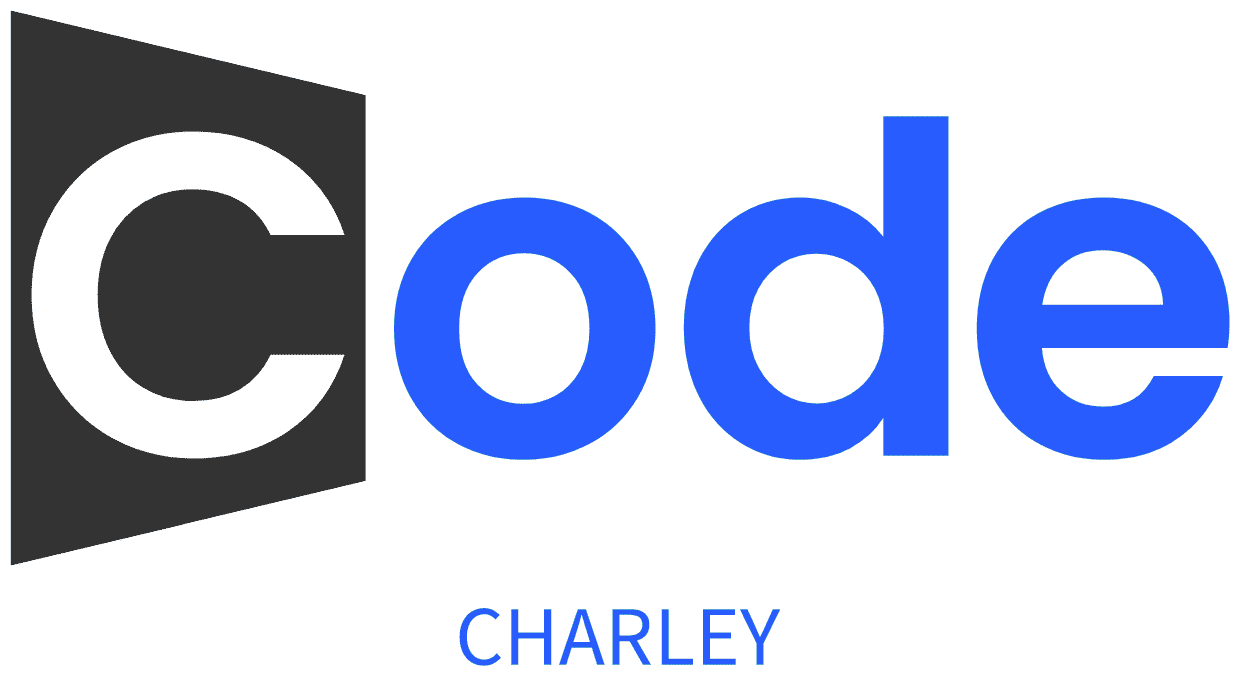A Forthcoming Era of Website Creation: Implications for Online Advertisers

In the contemporary digital sphere, website design has changed from being merely an aesthetic consideration to a crucial factor which has a direct effect on the achievements of companies. As we look towards 2025, grasping the leading web design trends becomes essential for those in digital marketing looking to lead the way. A stunning website does more than attract visitors while also increasing interaction and sales, making it a fundamental aspect for companies aiming to succeed online.
In addition, the interplay between web design and digital marketing is more critical than ever. From ensuring mobile-first design principles and comprehending how colors affect perception, every decision made in the design process influences user experience and ultimately influences the rankings in search engines. In this article, we will delve into central themes such as the value of fast website loading times, frequent web design errors, and how SEO and design must work hand in hand to craft an optimal user journey. As we investigate more closely, we will reveal best practices that can improve your site and laying out a path for those aiming for achievement in digital marketing in an increasingly competitive online environment.
Top Website Design Trends in the year 2025
As one look into 2025, web design is changing remarkable rate, showcasing styles which are reshaping visitor experiential interactions. An important of the most notable developments includes the use of AI-driven design tools that tailor the user journey in real-time. These advanced tools analyze visitor activity to modify design layouts, information, and including color choices in real-time, boosting engagement and stickiness. Brands can utilize these features to produce sites that engage better to their desired customers, enhancing conversion rates.
Another trend that has gained traction is the application of minimalistic design paired with striking fonts. This style not only simplifies browsing but also emphasizes important points, thereby making it more straightforward for visitors to comprehend content. The increased presence of blank space is increasingly noticeable, giving messages to be presented clearly while making sure that important features are highlighted. This transition towards minimalism aids improve user experience, making sites approachable and pleasing, which is vital for keeping visitors and lowering bounce rates.
Furthermore, the growth of engaging experiences through augmented reality (AR) and virtual reality (VR) is significant. With technology advances, incorporating AR and VR into web design delivers users an interactive and engaging experiences, particularly in digital retail. Companies are utilizing these advancements to deliver virtual try-ons or immersive product explorations, which can significantly boost customer engagement. For marketers, comprehending these movements is essential to remain competitive and create captivating online experiences to drive purchases and loyalty.
The Essential Role of SEO in Web Design
In today's digital landscape, the convergence of web design and search engine optimization (SEO) is more critical than ever. A beautifully arranged website not only is visually attractive but also needs to be optimized for search engines to ensure discovery. Web design elements such as framework, navigation, and information presentation can profoundly influence how search engines scan a site. When these elements are thoughtfully integrated with SEO practices, businesses can enhance their opportunities of being identified by their target audience.
Furthermore, the performance at which a website is presented plays a pivotal role in both user experience and SEO rankings. A website that is crafted with mobile-friendliness and speed in mind tends to keep users engaged and reduce bounce rates. Search engines like Google factor in loading speed when calculating search rankings, meaning that merging streamlined web design with rapid accessibility can lead to greater visibility online. It’s vital for digital marketers to ensure that their web design strategies align with SEO principles for maximum performance.
Lastly, a cohesive approach to web design and SEO involves understanding the core aspects of keyword integration. By developing content that is not only aesthetically pleasing but also optimized for relevant terms, businesses improve their ability to attract search engine traffic. https://codecharley.com/ facilitates the integration of keywords within subheadings, alt texts, and page content, boosting a site's relevance in search results. As digital trends continue to change, the synergy between SEO and web design will be paramount for businesses wanting to flourish online.
Establishing a High-Converting User Experience
A effective user experience commences with understanding the needs and patterns of your specific audience. Performing user research to obtain insights can help you create a website that connects with customers. Concentrate on natural navigation, clear calls to action, and an organized layout that directs users seamlessly through their journey. Streamlining the user interface enables visitors to locate what they are looking for quickly, reducing frustration and enhancing the chances of conversion.
Another critical element in boosting user interface is improving website page speed. Modern users have little patience for lagging pages, and research shows that even a one-second delay can cause a significant increase in bounce rates. To make sure your website loads quickly, explore optimizing images, minimizing HTTP requests, and utilizing browser caching. This not only fits with user expectations but also positively impacts SEO results, making your site more accessible.
Finally, integrating convincing design concepts, such as the psychology of colors and social proof factors, can significantly influence user choices. Colors trigger emotions and guide users in the direction of desired responses, while testimonials, reviews, and case studies create trust. By merging these components with effective content and a user-friendly interface, you build an setting that inspires visitors to engage, share, and finally convert, turning casual browsers into dedicated customers.

